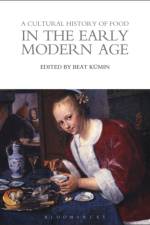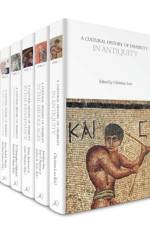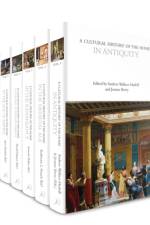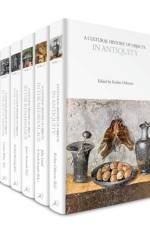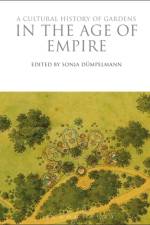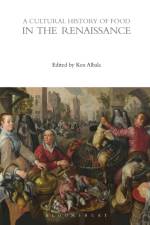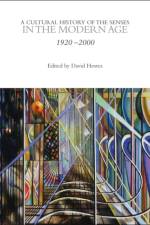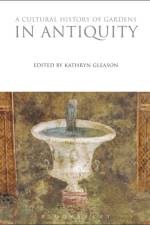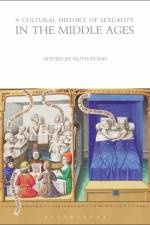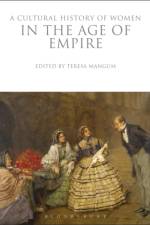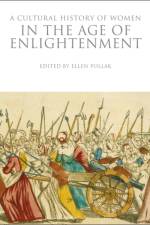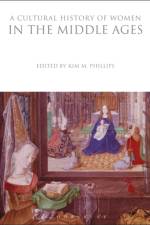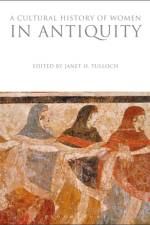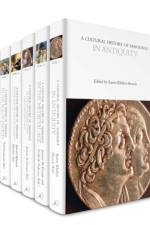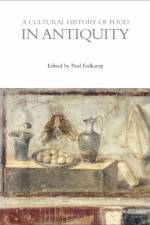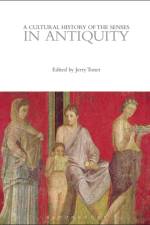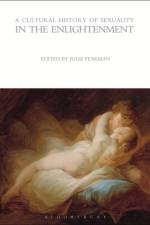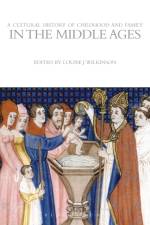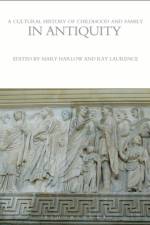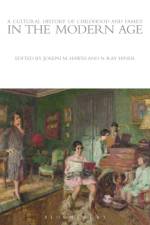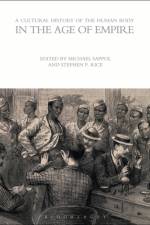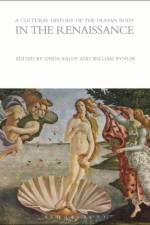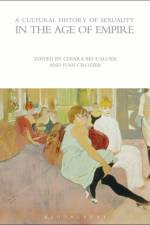465,-
Between 1800 and 1920, middle-class women in the West fought for education, employment, equitable marriage and custody laws, and the vote. Poor women demanded literacy, labor and child protection laws, food, and shelter. Colonization and migrations compounded gender and class conflicts in contact zones where races and ethnic groups met, often violently. Faced with breath-taking social, global, and technological change, many women valiantly worked with and for one another. Key issues include growing attention to late life, discourses of heterosexuality and homosexuality, the rise of the writing woman, and the challenges to women professionals, from artists to physicians.A Cultural History of Women in the Age of Empire presents essays on women''s life cycle, bodies and sexuality, religion and popular beliefs, medicine and disease, public and private realms, education and work, power, and artistic representation.

